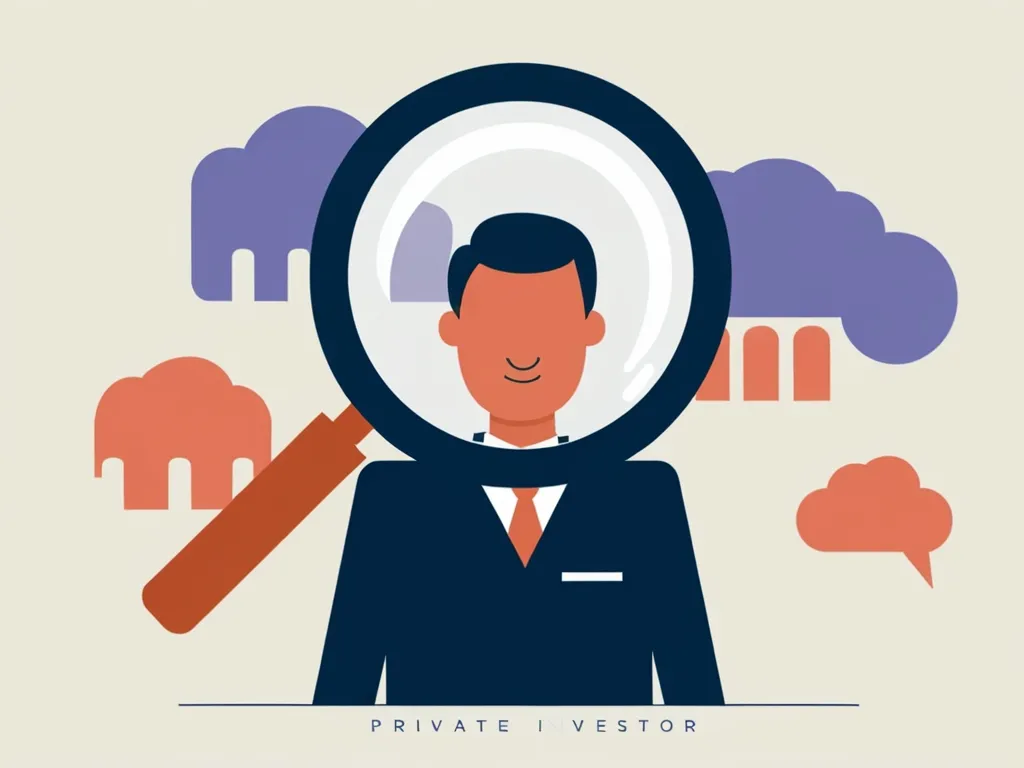Andrew Carnegie’s name still echoes through history as one of the richest men ever. But beyond his wealth, the intricate tale of a Scottish immigrant rising from nothing to becoming a pivotal figure in America is both captivating and complex.
Born in Dunfermline, Scotland, Carnegie’s early life was plagued with poverty. His family struggled, with his mother tirelessly sewing shoes and his father, a weaver, losing everything due to the advent of steam-powered looms. This desperate situation drove the family to seek better fortunes in America in 1848, settling in Pittsburgh. Yet, their hardships followed them across the Atlantic.
A young Carnegie had to drop out of school to help his family make ends meet. His first break came when he landed a job as a telegraph messenger boy. This role allowed him to immerse himself in Pittsburgh’s business scene, laying the groundwork for his future success.
By age 17, Carnegie’s prowess at telegraphy caught the eye of Thomas Scott from the Pennsylvania Railroad Company. Scott hired him as a personal telegrapher, a position that exposed Carnegie to the inner workings of big business. It was also Scott who introduced Carnegie to stock investments, igniting his entrepreneurial spirit.
During the Civil War, Carnegie avoided the battlefield by paying for a substitute, using the time instead to innovate. He launched the Keystone Bridge Company, seizing the need for iron bridges over flammable wooden ones. Owning iron mills gave Carnegie a strategic edge, cutting out dependencies and enhancing profits. His ventures expanded, eventually encompassing mining, bridge construction, and railroads, each reinforcing the other.
Lured by the big-city charm, Carnegie moved to New York, but he found the business elite disappointing, describing them as scoundrels. Despite his disdain, he continued to grow his empire, leveraging Henry Bessemer’s steel manufacturing invention to create America’s first steel plants. Carnegie’s relentless drive for efficiency transformed the skyline with steel skyscrapers, but his demanding work conditions and anti-labor stance sparked controversy.
Carnegie’s right-hand man, Henry Clay Frick, was as cutthroat as they come. Together, they dominated the steel industry through ruthless tactics, like spreading false claims about competitors. But this aggressive approach reached a tragic peak at Homestead, Pennsylvania, where a workers’ strike turned deadly. Carnegie, conveniently abroad in Scotland, avoided direct backlash, though his reputation suffered.
By 1901, exhausted from the relentless grind, Carnegie sold his company to JP Morgan for $480 million, making him the world’s richest man. He then dedicated his life to philanthropy, funding over 2,500 libraries and other causes. Remarkably, he demanded anonymity for many of his donations, truly emphasizing his commitment to giving.
Carnegie’s dual legacy of business ruthlessness and generosity leaves a complicated picture. How does one reconcile a life of economic cutthroat strategies with unparalleled philanthropy? Perhaps for Carnegie, giving away his fortune was a path to redemption, balancing the scales of his life’s work.
Despite his complex past, his contributions, especially to education and public resources, are undeniable. Andrew Carnegie’s story is a testament to the multifaceted nature of ambition, legacy, and redemption.






